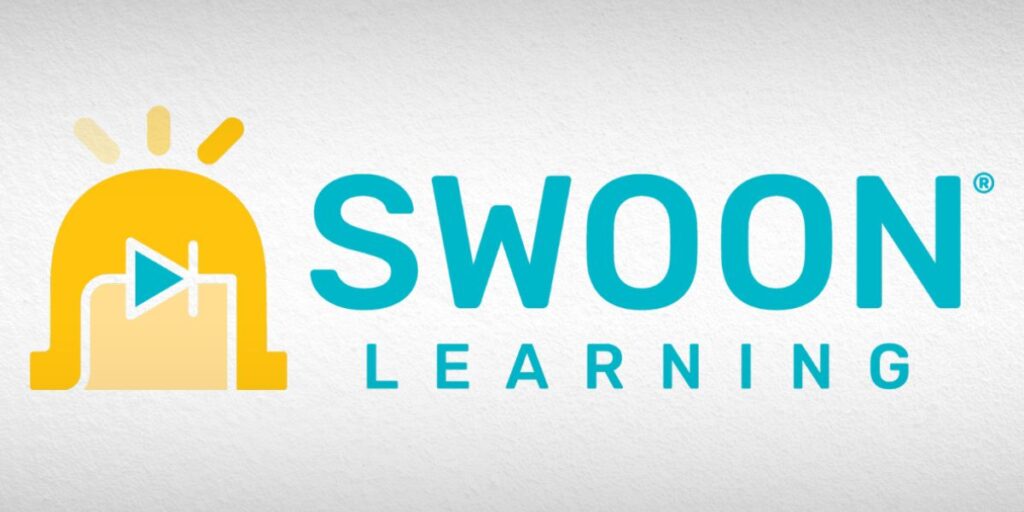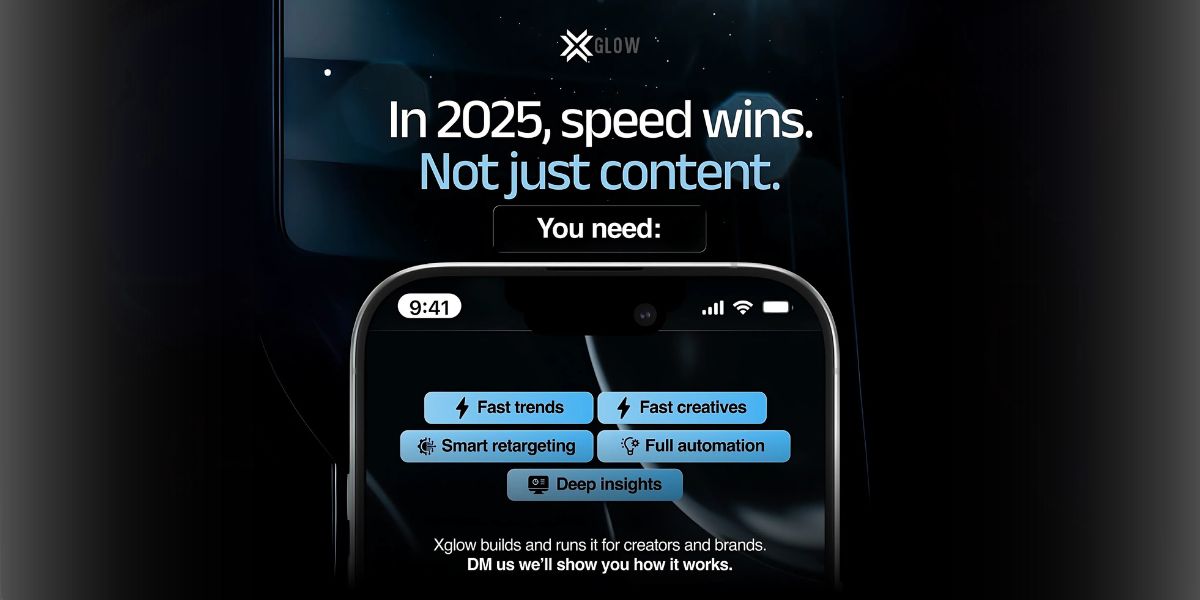By: Wyles Daniel
The spotlight in the digital world often shines on viral sensations and corporate behemoths, but the true energy pulses from the grassroots—emerging brands and local creators forging genuine connections in everyday commerce. Enter Xglow, the behind-the-scenes architect delivering a robust backend that empowers these underdogs to monetize smartly and expand steadily. It equips them with enterprise-level tools, sidestepping the common traps that derail small-scale ventures in a crowded online space.
“We don’t scale hype. We scale the backend that drives results,” the Xglow team emphasizes. Whether it’s regional tourism outfits promoting hidden gems or budding eCommerce hustlers peddling artisanal wares from home workshops, Xglow operates discreetly, eliminating the hassle of mismatched software stacks or endless waits for unresponsive platform help. Securing $5M to enhance its SaaS capabilities and expand local alliances, alongside $500K dedicated to seamless integrations, Xglow is crafting a professional-grade foundation tailored for those hustling outside tech epicenters like Silicon Valley. For many local creators, breaking into revenue streams isn’t about weak content—it’s about the tools that fail to fit their realities. Brands grapple with glitches they can’t escalate, such as ads freezing during peak local hours. Small teams wasted days jury-rigging solutions that Xglow streamlines in moments.
Platform instability is rampant now: creators lose income streams abruptly, brands face inexplicable restrictions, and getting clarity feels like chasing ghosts—responses are rare and unhelpful—xglow steps in as the reliable fix, engineered to maintain operations even amid platform blackouts. No advanced tech skills or prolonged experimentation required; it’s a straightforward backend that just works. This capital influx broadens reach—to creators in distant villages without agency support and brands in niche sectors like handmade crafts or countryside services, often ignored by mainstream platforms. With Xglow, elite networks aren’t prerequisites; the system democratizes access.
Xglow’s Platform Partnerships Give Small Players a Fighting Chance
A key edge for these local operators comes from Xglow’s strong ties with giants like Google, Meta, and Snap. These collaborations unlock expedited perks—faster ad approvals, prioritized troubleshooting, and bespoke connections that independents seldom access. For a village fruit vendor in Colombia sharing harvest videos, this translates to swift Google ad clearances, avoiding delays that could spoil inventory before sales peak.
Xglow leverages these bonds for enhanced data flows, enabling sharper Meta targeting to help remote tourism groups attract thrill-seekers on tight funds. The benefits are tangible: early entry to features like advanced Snap retargeting, giving users a competitive jump. Cross-region payments integrate smoothly with Google Pay standards, allowing a Moroccan artisan to export pottery to Europe without paperwork overload. This partnership muscle evens the odds, enabling locals to operate with the savvy of industry vets, sans the insider contacts.
Streamlining Launches for Resource-Thin Locals
Scrappy teams frequently bog down in operational mess, overwhelmed by disjointed tools that drain their bandwidth. Xglow simplifies with end-to-end campaigns deployable in days, automating pathways that guide casual browsers to committed buyers, and smart retargeting to re-engage hesitators with personalized nudges. Picture a spice vendor in a Jordanian market: Xglow activates their video monetization for blending demos, converting viewers into subscribers with hassle-free invoicing. Local currencies hit accounts swiftly, while international options facilitate exports to nearby regions without conversion woes. Live insights reveal hot-selling mixes, informing production to avoid surplus.
Isolated Balkan tourism entities deploy rapid promotions, directing social traction to booking portals. No blind spots in data; everything’s illuminated, allowing budget tweaks toward high-impact draws. This efficient setup shifts focus back to the product, not the process, fostering deeper community ties where personal interactions drive loyalty.
Riding Out Platform Turbulence in Outlying Areas
Remote creators bear the brunt of platform whims. An island filmmaker in the Philippines captures ocean footage on Instagram, building momentum, only for an algorithm to flag boat scenes as “hazardous” and yank earnings. A Scottish syrup producer sees Pinterest campaigns halted illogically, derailing holiday sales and seeking explanations? It’s futile—support evaporates for non-VIPs. These setbacks can shutter fledgling operations, with recoveries devouring resources better spent elsewhere.
Xglow fortifies with inherent resilience: if one channel stumbles, it reroutes to alternatives like YouTube, preserving pathways and recapturing audiences through customized prompts. A New Zealand beekeeper monetizes tutorials via Xglow, securing Reels revenue despite glitches. Fan subscriptions create a dedicated following, with payments in local or neighboring currencies. Analytics highlight trends, like seasonal pollen surges, which help optimize hive management. For niche players like Icelandic wool artists, international tools simplify Scandinavian sales, handling conversions cleanly. The backend’s toughness—automatic backups during disruptions, delayed tasks that resume automatically—minimizes drag in unreliable connections.
Intuitive interfaces ditch complexity; guided steps ease setup, alerts preempt issues like engagement drops, hinting at restrictions. This toughness transforms potential disasters into minor hiccups, keeping remote ventures afloat.
Channeling Capital into Community Networks and Tech Syncs
The $5M raise targets SaaS refinements, incorporating voice-guided interfaces for non-native English speakers in isolated locales. The $500K investment sharpens integrations with partners like Google, Meta, and Snap, tapping into region-specific incentives such as localized AI or instant mobile disbursements. Network expansions link with artisan guilds in Mexico or agricultural co-ops in Vietnam, offering sessions on pathway optimizations or retargeting fundamentals. It’s collaborative, not distant.
New eCommerce entrants gain ad-to-inventory syncing, automating from promotion to fulfillment. Tourism groups launch creator collaborations, invoicing for digital experiences or souvenirs. This funding stays rooted, nurturing overlooked communities to cultivate thriving independent ecosystems.
Highlights of Grassroots Turnarounds
Consider a Polish village potter using Xglow: Quick campaigns highlighted wares on Pinterest, pathways leading to Etsy checkouts and retargeting reclaimed 30% of browsers, blending local and euro payments for cross-border appeal. Insights shaped designs around popular clicks. A Thai herbal expert monetized wellness clips, locking in ad earnings on Reels amid issues. Subscriptions formed a wellness circle, data inspiring related digital products. A Scottish jam seller went online with Xglow, streamlining flavor shipments, pathways fine-tuned for seasonal bundles. They expanded UK reach without heavy promotion.
These real-world shifts underscore Xglow’s impact: practical, resilient support igniting progress for ordinary entrepreneurs.
Conquering Built-In Hurdles in Remote Digital Arenas
Far-flung areas face steep challenges: incompatible payment methods, algorithms ignoring regional languages, and apps too heavy for spotty internet. Xglow adapts with flexible invoicing for native wallets, AI sensitive to dialects, and lightweight modes for limited connectivity. Brands in specialized arenas, like Jordanian spice merchants, activate earnings for market videos, pathways driving transactions. Analytics uncover international demand, targeting enthusiasts for unique tastes. The backend’s endurance—preserved actions during blackouts, self-reconnecting features—sustains momentum, crucial in variable environments.
Advocating Balanced Digital Forward Motion
Xglow champions equitable expansion, outfitting humble brands and locals with premium infrastructure. The funding extends this mission, penetrating underserved pockets to spark collective advancement. In the face of platform volatility, Xglow provides a steady foundation, redirecting efforts from fixes to forward strides.
Taking a Closer Look at Xglow’s Service Pillars
Press outlets often highlight how Xglow’s offerings form a cohesive backbone for nurturing emerging brands and local growth, creating an approachable tech ecosystem that thrives in diverse settings.
Monetization Architecture
Xglow engineers and oversees comprehensive revenue frameworks, going beyond basic apps. They handle integrations with Meta, Snap, and YouTube to unlock ad earnings from Reels, Shorts, and Spotlight. Tailored bonuses, subscriptions, and retention methods sustain audience loyalty, underpinned by efficient backend orchestration and regulatory expertise to navigate varying locales without stumbles.
Paid Growth Strategy
Growth at Xglow relies on analytical, platform-aligned methods prioritizing ROAS. Scaling ads across Meta, Snap, TikTok, and Google pairs with streamlined pathways and cost-conscious budgeting. AI-driven audience honing, continuous refinements, concept evaluations, and anticipatory modeling support consistent, context-aware progress.
Strategic Media Growth
Xglow meticulously arranges media frameworks to boost exposure, interactions, and income. This includes crafting content blueprints and storytelling arcs, strategic channel alignments, initiative mapping, collaborator oversight between creators and brands, and high-level planning with seamless deployment for impactful, customized results. Enhancing these core areas, Xglow incorporates adjustable elements for regional needs, such as festival alignments in markets or product elevations for crafts.
Automated compliance scans adhere to local standards, preventing halts in distinct regulatory landscapes. Trend forecasting draws on area-specific data for timely alignments with customs or economic patterns. Loyalty tools offer culturally attuned incentives, strengthening ties in tight-knit communities. Secure collaboration hubs facilitate joint efforts, providing shared performance indicators for better transparency. Pre-launch simulations refine approaches, ensuring cultural fit. Financial and tax optimizations alleviate pressures in hybrid trade scenarios. This holistic integration not only supports but accelerates momentum for new enterprises, transforming operational challenges into strategic opportunities in vibrant, location-unique markets.
Disclaimer: The information in this article is for general informational purposes only. While we aim for accuracy, we make no guarantees regarding the completeness, reliability, or suitability of the content. Any reliance on the information is at your own risk.







